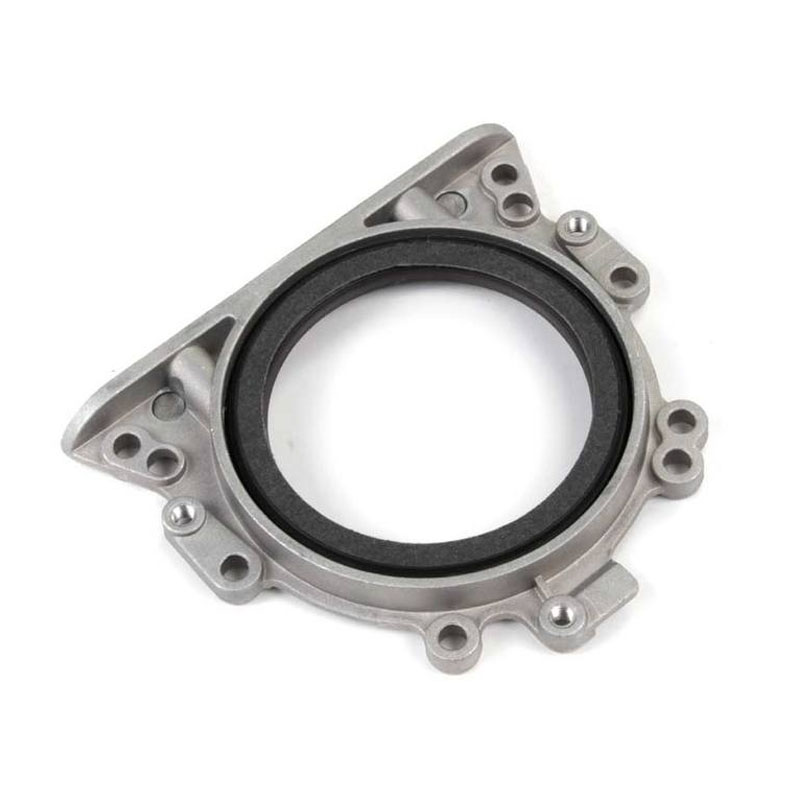Advanced Solutions for High-Speed Rotary Shaft Sealing Technologies and Applications
High-Speed Rotary Shaft Seals An Overview
Rotary shaft seals play a pivotal role in various mechanical systems, particularly in applications characterized by high rotational speeds. These seals prevent the leakage of lubricants and contaminants while ensuring that the machinery operates efficiently. With the increasing demand for high-speed machinery in industries such as automotive, aerospace, and manufacturing, the significance of well-designed rotary shaft seals cannot be overstated.
Understanding Rotary Shaft Seals
Rotary shaft seals, also known as lip seals or rotary seals, are mechanical components used to seal the interface between stationary and rotating parts. They are designed to retain lubricants and prevent the ingress of dirt, dust, and other contaminants from the external environment. The primary function of these seals is to enhance the operational efficiency of the machinery by minimizing friction and wear.
A typical rotary shaft seal consists of a flexible elastomeric lip that is in contact with the rotating shaft. This contact creates a barrier that effectively seals the lubricant within while blocking foreign particles from entering. The design and material of the seal are crucial for its performance, especially under high-speed conditions.
Key Features of High-Speed Rotary Shaft Seals
1. Material Composition High-speed rotary shaft seals must be made from materials that can withstand the heat and shear forces generated during rapid rotation. Commonly used materials include fluorocarbon (FKM), nitrile rubber (NBR), and polyurethane. Each material offers specific advantages, such as temperature resistance and chemical compatibility.
2. Design Considerations The design of rotary seals for high-speed applications requires careful consideration of several factors, including the shaft diameter, speed, pressure, and temperature range. Manufacturers often use advanced computer modeling techniques to simulate the performance of different seal designs under various conditions.
3. Lip Geometry The geometry of the sealing lip is a crucial element in determining the effectiveness of a rotary seal. Different lip shapes, such as single-lip, double-lip, or even multi-lip configurations, can be employed to enhance sealing performance, especially in high-speed applications. The lip must engage the shaft with just the right amount of pressure to prevent leakage without causing excessive wear.
high speed rotary shaft seals

4. Dynamic and Static Sealing High-speed rotary seals must ensure effective sealing not only when the shaft is rotating but also during periods of static operation. This requires meticulous engineering to maintain a consistent sealing force during different operating conditions.
Challenges in High-Speed Applications
Operating at high speeds introduces various challenges for rotary shaft seals. Increased speed can lead to a rise in temperature due to friction, which can degrade the seal material and reduce its lifespan. Moreover, high centrifugal forces can distort the seal geometry, potentially leading to leakage.
To address these challenges, manufacturers are continuously innovating seal designs and materials. For instance, the introduction of advanced synthetic elastomers has improved resistance to high temperatures and wear. Additionally, incorporating features like integral springs can help maintain consistent sealing pressure against the shaft even under extreme conditions.
Applications of High-Speed Rotary Shaft Seals
High-speed rotary shaft seals find applications in several industries, including
- Automotive Industry Used in engines, transmissions, and gearboxes to prevent oil leaks and protect against contaminants. - Aerospace Essential for engines and rotor systems, where reliability and safety are paramount. - Industrial Machinery Employed in pumps, motors, and compressors to enhance efficiency and longevity.
Conclusion
High-speed rotary shaft seals are indispensable components in many mechanical systems, ensuring efficient operation and prolonging machinery life. As industries continue to push the boundaries of speed and efficiency, the demand for high-performance seals will only grow. Manufacturers must continue to innovate in design and materials to meet the evolving needs of modern applications. As technology advances, the reliability, durability, and performance of these seals will undoubtedly improve, further emphasizing their crucial role in high-speed machinery.
-
The Ultimate Guide to Building a Car Repair Kit Every Driver Should Own
News May.09,2025
-
The Essential Guide to Oil Filter Gaskets and Housings in Engine Maintenance
News May.09,2025
-
The Complete Guide to Oil Pan Gaskets for Honda B-Series and Automatic Transmissions
News May.09,2025
-
How to Identify and Repair Oil Housing Gasket and Seal Leaks
News May.09,2025
-
Everything You Need to Know About Oil Pan Gaskets and Replacements
News May.09,2025
-
Everything You Need to Know About Changing Oil Filter and Adapter Gaskets
News May.09,2025
-
Understanding Marine Bearings: The Key to Smooth Sailing and Safe Trailering
News May.08,2025
Products categories















